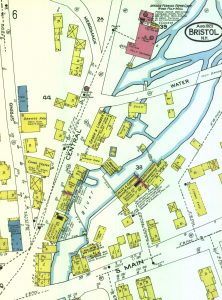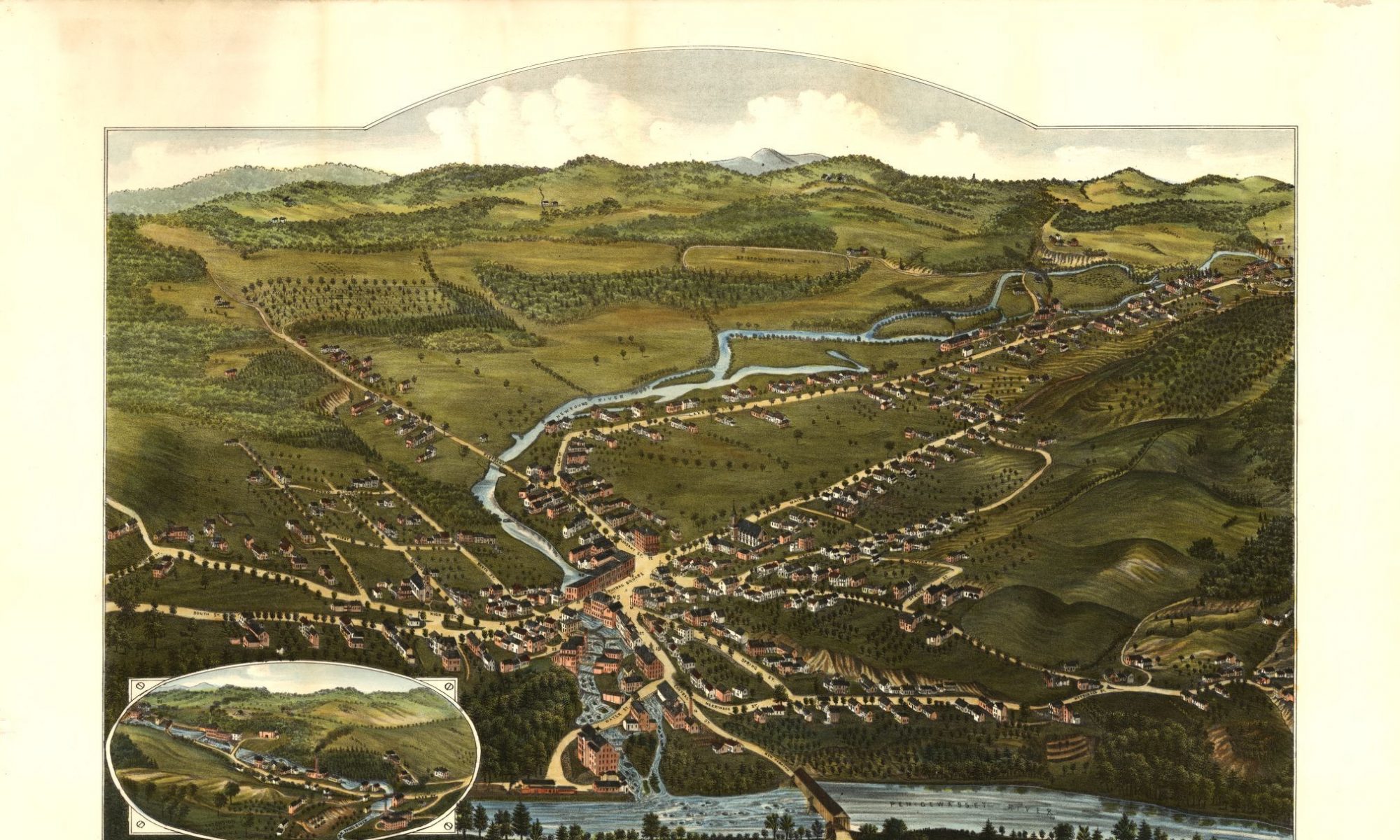
Central Street in Bristol, New Hampshire, was home to many buildings that played a role in Bristol’s industrial past. Along the river, and beside the Mica Factory, there was an armory, a grain warehouse, and a grist mill. All three of these buildings add to the unique and historic offerings of Bristol. Although these buildings have gone through renovations and have changed greatly since they were built, they are crucial to understanding the town’s history and heritage.
All of these factories were strategically built along the large body of water just behind Central Street. “To harness water, a factory owner usually needed a canal or headrace to deliver water to its factory.” The armory, grain warehouse, grist mill, and other manufacturing facilities that lined this body of water had power-driven machinery and produced goods on a large scale. This was especially true of the Mica Factory, but the water power enabled all of these factories to be highly productive. Every factory owner took whatever means necessary to be placed alongside the watercourse.
Jaelyn Ortiz, Plymouth State University, 2021
Reference:
Gordon, Robert, and Malone, Patrick, The Texture of Industry (1994) 308
